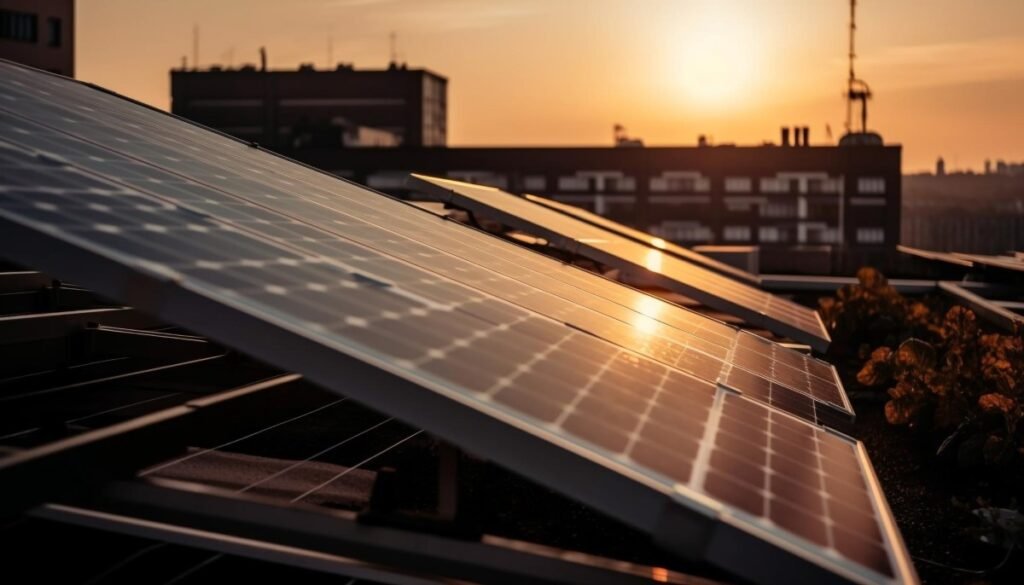Parco Solar
FAQs
Need Help?
FAQs
Below are some commonly asked questions about going solar, as well as the experience specifically with Parco Solar. Please feel free to reach out if you have any additional questions!
1. How do solar panels work?
It’s ACDC, but backwards!
Solar cells on the solar panels absorb sunlight to generate a DC electrical current through what’s known as the “photovoltaic effect.” From there, the DC (direct current) electricity goes into an inverter which converts DC into AC (alternating current) electricity, which is what is used to power your home, or workplace!
2. Are solar panels really worth it?
Yes! In addition to being so much better for the environment, there are some serious perks to going solar. There’s the 30% federal tax credit, as well as net metering programs that often earn people credit on power they generate through their solar systems. Additionally, there are various state rebates and incentive programs with different qualification criteria (e.g. household income, battery storage ownership, area you live in and fire risk). There may also be additional local rebates and credits through your city or municipality.
Lastly, solar panels increase your home value. As home value increases, property taxes typically increase. However, in California, you’ll get that higher property value without the extra taxes, as there is the active solar energy system property tax exemption. This is an automatic benefit, no application required!
3. Where in California does Parco Solar operate?
Parco Solar operates in sunny Los Angeles County, Orange County, Inland Empire (San Bernardino and Riverside Counties), San Diego, Ventura County, and Bakersfield. These are areas we are very familiar with, having been residents across them over the past three decades!
4. How many solar panels will I need?
5. What happens if there is an issue with my solar?
Parco Solar is dedicated to quality solar installation. If, by any chance, there is any issue, we will first quickly troubleshoot with you over the phone (with a live person, no bots) to get a better sense of what may be wrong. If the issue is not swiftly resolved, we’ll get one of our technicians over the same day, or if it’s later in the day, by the next day.
6. How does the solar installation process work?
Overall, from the day you sign your contract, the solar installation will take between one and three months before your solar panels are grid-connected and producing electricity for your home.
There are 6 main steps to the installation process.
- General site survey
Prior to you even signing a contract, we will do a site visit to evaluate your property and create a system design based on your roof type, roof angle, and anything noteworthy about shading or other unique factors. We will take photos of the property and conduct measurements to inform the design proposal, which we of course review with you to ensure you are happy with the result.
- Engineering site visit
Soon after signing your contract, the engineer will come by to thoroughly evaluate the condition of your roof to ensure that it’s structurally cleared. They will also assess the electrical status of your property, which includes looking at your electrical panel (the grey box) to see if you’ll need to upgrade it at all for higher amp capacity.
- Permitting, documentation, and getting those incentives!
We will help you apply for state and federal solar incentives, as well as any financing you may decide to pursue.
During this step, we also apply for permits, which are specific to where you live. This is why it’s better to go local with solar! We will fill out this paperwork for you and work to move this along as quickly as possible.
- Ordering equipment
Once the paperwork is complete, we place your equipment order (solar panels, inverter, and battery if you opt for one) to ensure that it’s ready for the day of your installation!
- Installation
Your roof gets an upgrade! The timeline for installation ranges from one to two days, depending on the size of your system as well as the complexity of your roof.
- Local inspection and utility connection
We schedule for a representative from your local government (a city or county rep) to come by to inspect the system and approve it. They check for proper electrical wiring, safe and strong mounting, and basically make sure that everything is up to code.
Then, a representative from your utility company comes by to do their evaluation of the solar panel system as well. Once they ‘okay’ and interconnect with the grid, it’s game time! Your panels ‘go live’ to solar energy generation. In total, it takes two weeks to a month for both local city and utility approval.
7. Does solar work in the winter?
8. Do I need to maintain my solar panels?
Solar is a simple, nearly maintenance free technology! Once a year, or if you don’t live in an area that gets much rain, you may want to periodically rinse the solar panels on your roof (getting rid of dust and debris). You do this by simply spraying the panels with average-pressure water while standing on the ground.
9. Can I finance my solar system?
Yes! We have various financing options, including $0 down. Speak to one of our solar advisors today to learn about which option makes the most sense for your needs and long-term financial goals.
10. What happens if I produce more power with my solar system than I need?
If your home is connected to the grid (traditional power utility company) and you are in a net metering area, any extra energy produced can flow back into the grid, and you’ll likely earn credit on your electricity bill!
11. How does solar energy work with the grid?
If you are in an area with ‘full net metering’, every kilowatt-hour (kWh) of extra energy produced by your solar power system is flown back to the grid and counted as credit towards your electricity power bill. And when you need more energy than the energy produced by your solar panels, you also draw power from the grid.
If you are in an area with ‘time-of-use’ rates, your electricity rates increase during peak usage hours and decrease during off-peak hours. In this scenario, a battery storage solution is a great way to save money on monthly energy costs by allowing you to use stored energy when grid rates go up.
12. When will I make my money back from switching to solar?
The point when your total energy savings exceed the total installation costs of going solar depends on various factors including the cost of electricity in your area, the amount of energy you use, the size of your solar system, your energy storage capacity, your financing method if any, and whether you qualify and use any federal and/or local incentives. Most current estimates for the average payback period in California fall between 5 to 11 years.1


